Viet Nam diversifies fruit and vegetable export markets
According to the Department of Customs, Viet Nam’s fruit and vegetable export turnover in May 2025 was estimated at over 496 million USD, representing a 33.5% decrease compared to the same period in 2024.
This marked the fifth consecutive monthly decline, with total export revenue in the first five months of 2025 amounting to approximately 2.2 billion USD, down 17.8% year-on-year.
 |
|
Sorting pomelos for export at Vina T&T Group. |
Dang Phuc Nguyen, Secretary-General of the Viet Nam Fruit and Vegetable Association (VINAFRUIT), attributed the downturn primarily to a sharp decline in exports to the Chinese market, particularly due to durian being affected by newly implemented phytosanitary regulations.
Data from the Ministry of Industry and Trade’s Export-Import Department show that in the first four months of 2025, fruit and vegetable exports to China totalled only 777.8 million USD, a year-on-year drop of 32.8%.
“Vietnamese durian is not only subject to stricter quality inspections but also faces intense competition from other countries. In addition to Thailand and Malaysia, Indonesia and Laos are expanding their cultivation areas and meeting the requirements to enter the Chinese market,” Nguyen noted.
At present, China accounts for 91% of global durian consumption, importing primarily from Thailand and Viet Nam. However, it is actively seeking alternative suppliers, including Laos.
One of Laos’ competitive advantages lies in the 1,000-kilometre Vientiane-Kunming railway, which operates at speeds exceeding 120 km/h and significantly reduces the time needed to transport fresh produce.
By 2024, Laos had already planted over 3,000 hectares of durian, and this figure is expected to grow rapidly in the coming years.
Meanwhile, Indonesia is addressing logistics bottlenecks to facilitate durian exports to China. In light of these developments, revitalising growth in Viet Nam’s fruit and vegetable exports will require not only diversifying export products but also expanding into new markets to reduce reliance on a few traditional destinations.
A closer look at the data reveals that among Viet Nam’s top 20 fruit and vegetable export markets in the first four months of 2025, Italy recorded the highest growth rate, with exports surging by 372.7% to 5.9 million USD. Exports to Hong Kong (China) rose by 103% year-on-year to 24.7 million USD.
Notably, exports also posted encouraging growth in markets such as Japan, the United Arab Emirates and Australia. Particularly impressive were exports to the United States, which reached 154.3 million USD, an increase of 66% compared to the same period in 2024.
Beyond market diversification, Vietnamese enterprises must also broaden their product offerings to enhance customer access and boost export value. Products such as dragon fruit, bananas, mangoes, and pomelos, which hold strong export potential, should be better leveraged.
Ho Bao, Director of Dak Nong-based Van Xuan Agri Joint Stock Company, said that since mid-April, the signing of a phytosanitary protocol for the export of chillies and passion fruit from Viet Nam to China has opened up new opportunities for the fruit and vegetable sector. Demand for these products, particularly fresh passion fruit, is substantial in the Chinese market.
Currently, the company exports large volumes of passion fruit to China, primarily via informal channels, with some days seeing exports of up to 10 containers, equivalent to about 200 tonnes.
“However, meeting the criteria for official exports of passion fruit to China is not simple. The protocol includes stringent requirements that businesses must fully understand and adhere to. Many companies are either unaware of or have yet to be updated on the relevant phytosanitary and food safety regulations, and therefore urgently require support from the appropriate authorities,” Bao stressed.
In response, a representative of the Department of Crop Production and Plant Protection under the Ministry of Agriculture and Environment stated that the department is working closely with local technical agencies to facilitate the registration and issuance of growing area and packing facility codes for passion fruit and fresh chillies destined for China.
The department is also coordinating with China’s General Administration of Customs to inspect, approve codes and deal with non-compliant shipments.
Additionally, to expand market access for these products, the department is conducting training sessions for stakeholders on export quality standards for passion fruit and chillies.
It is also strictly enforcing the revocation or suspension of growing area and packing facility codes that fail to meet regulatory requirements.
Simultaneously, the department is encouraging localities to strengthen production-consumption linkages, promote the roles and responsibilities of both businesses and farmers, and enhance the management capacity of cooperatives within the value chain.
These efforts aim to ensure a stable supply of high-quality produce that meets the stringent demands of international markets.
 Bắc giang
Bắc giang


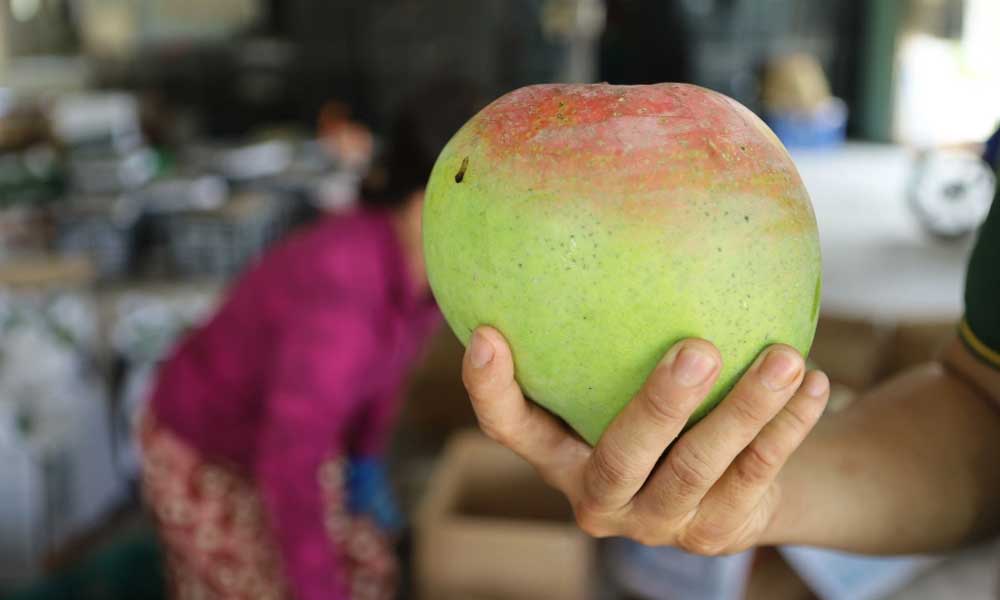
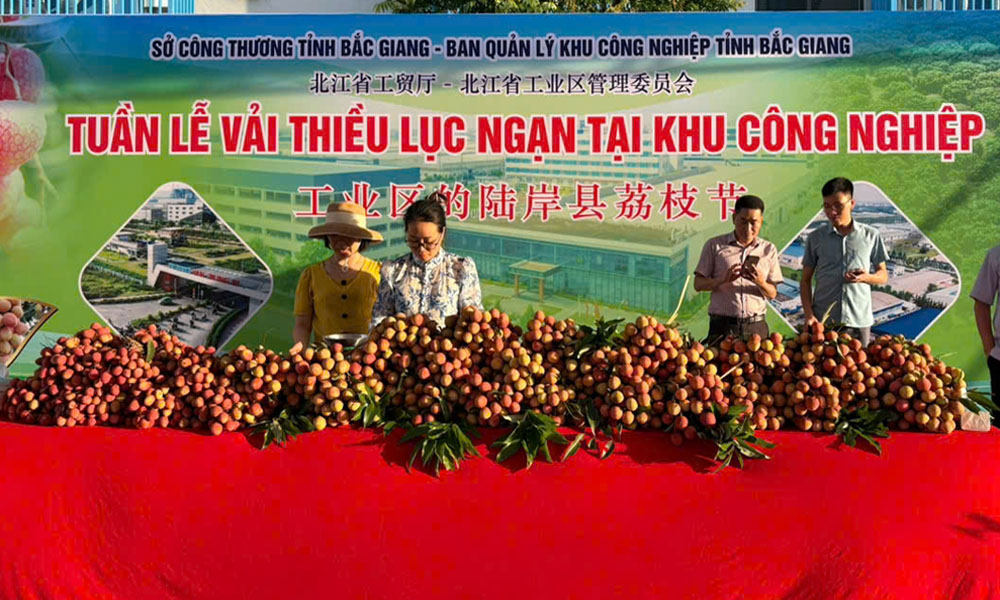

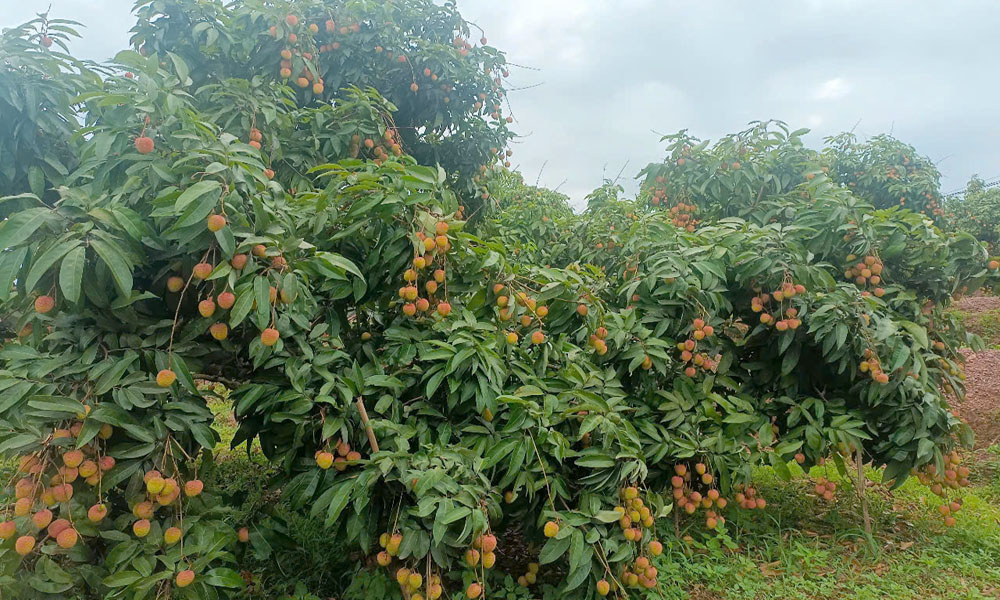
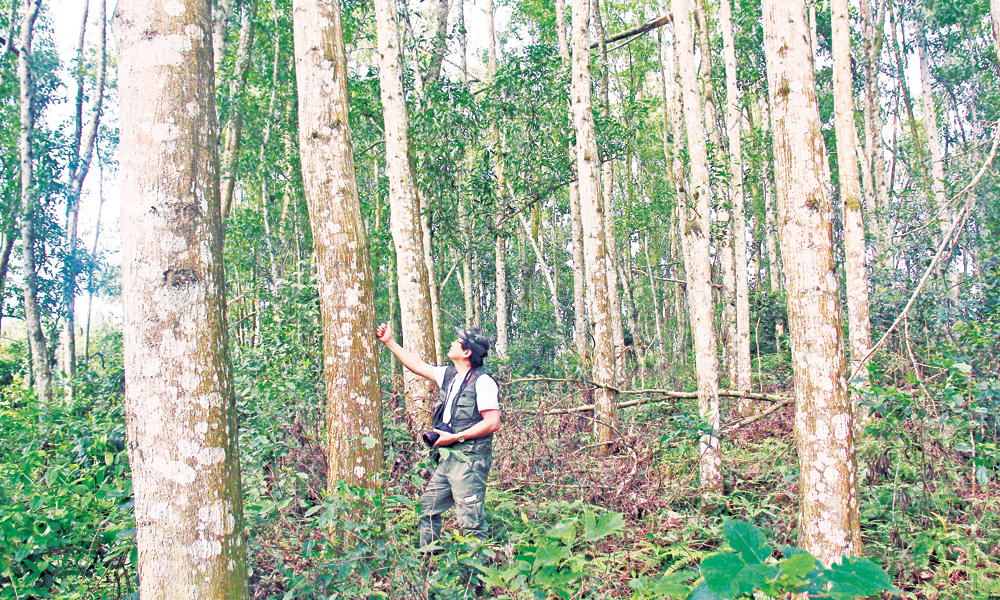
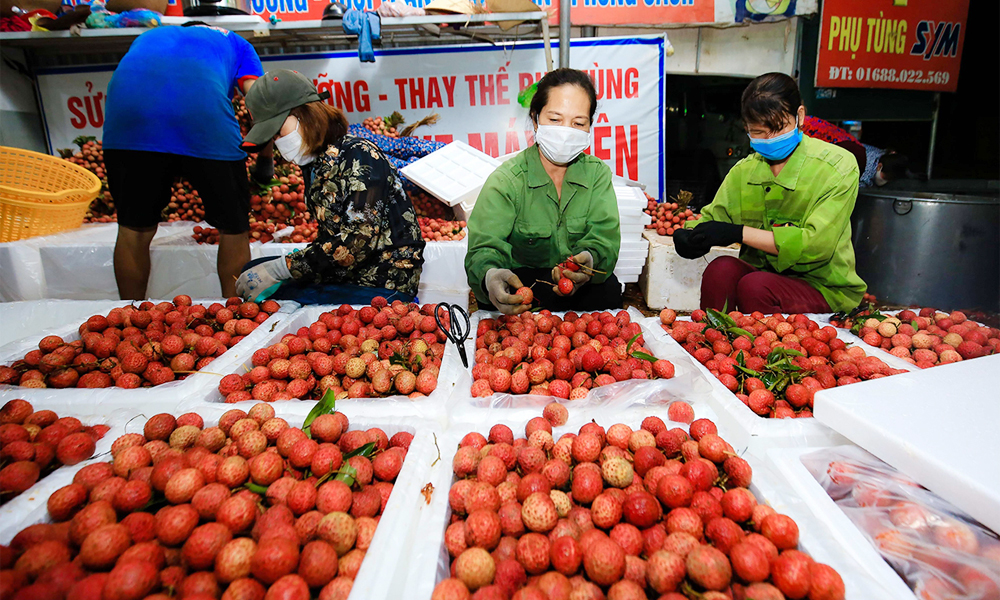

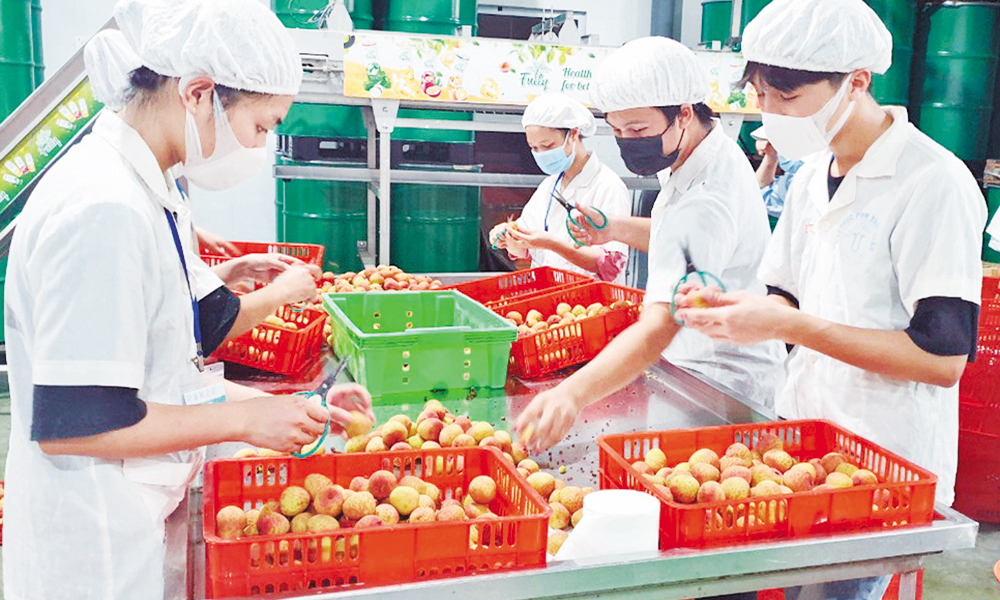

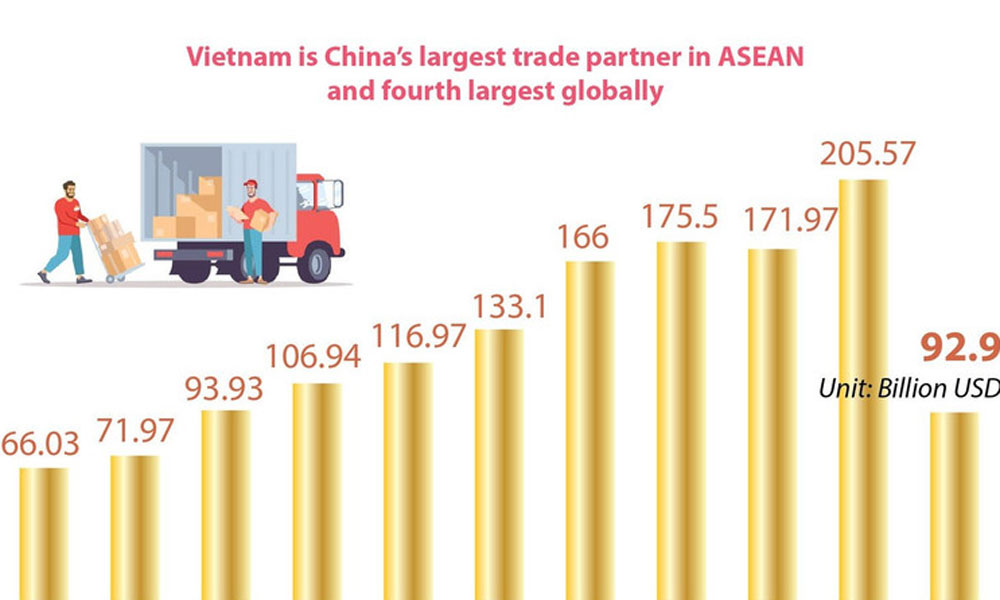

Reader's comments (0)